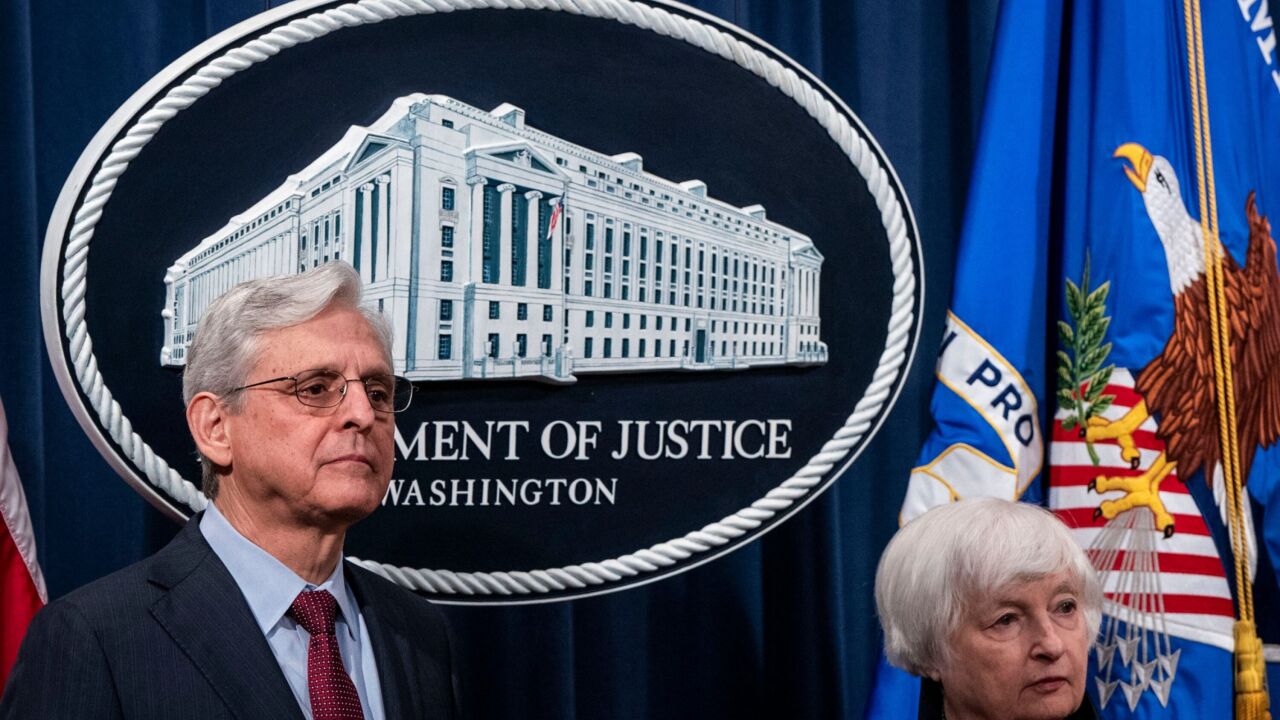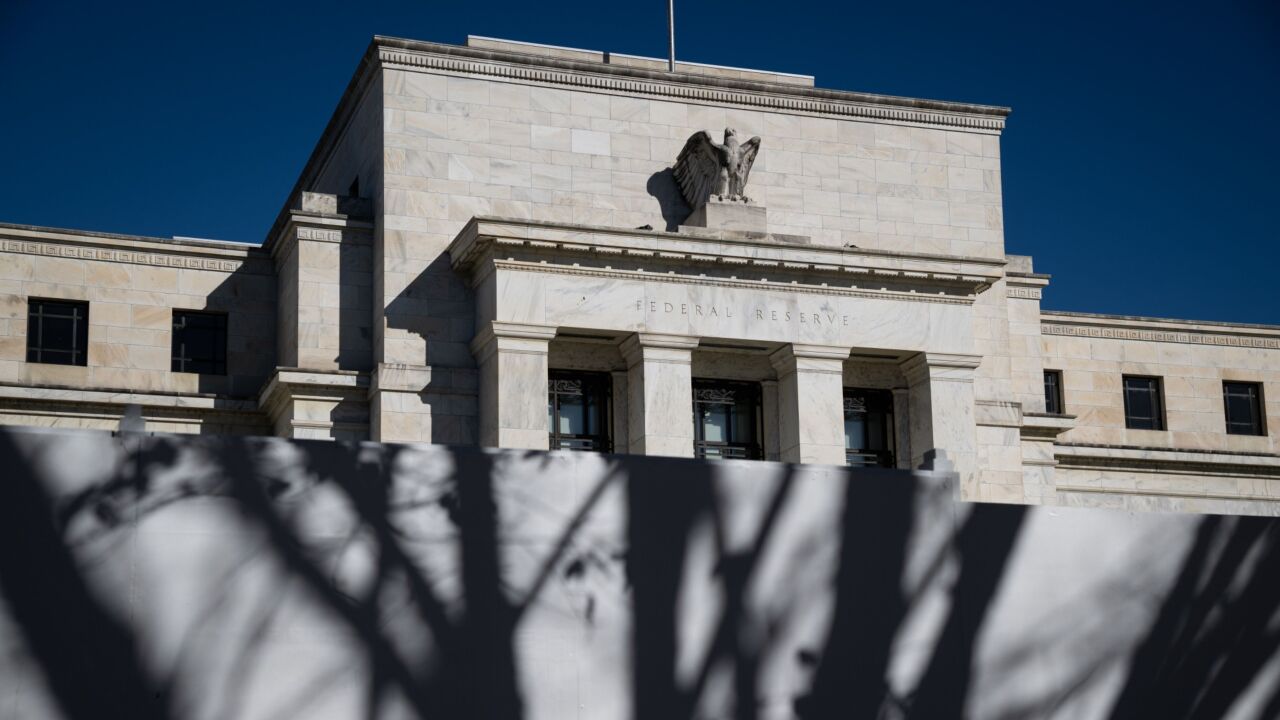Stablecoins
How are banks approaching dollar-backed digital assets (stablecoins)?
Stablecoins have moved from the edge of the
Banks are testing stablecoins for cross-border payments, liquidity management, and digital wallets. Some are also exploring how stablecoins can support interbank transactions or be issued directly by regulated institutions. As the landscape takes shape, stablecoins are starting to look less like an experiment and more like infrastructure.
-
Block is offering a new hardware Bitcoin wallet as crypto advocate Jack Dorsey focuses the payments company formerly known as Square more on security and self-governance for the digital-asset sector.
December 8 -
Leaders of the Dallas-based crypto services platform BankSocial hope to further decentralized finance concepts throughout the industry by using distributed ledger technology to support the proposed Defy Federal Credit Union's offerings of a deposit account and cryptocurrency services.
December 7 -
Canada's government has finalized arrangements with Visa and Mastercard to cap credit card interchange for small businesses; Klarna is expanding its work with the Dutch payment processor Adyen; and more.
December 6 -
In reality, central bank digital currencies would provide only some of the benefits of a real cryptocurrency and would have numerous drawbacks.
December 4 Talentica Software
Talentica Software -
Michael Lewis takes a more sympathetic approach than many other observers to the former CEO of the crypto exchange FTX in his latest book, "Going Infinite."
November 23 Arizent
Arizent -
In a settlement with the Department of Justice, Treasury and market regulators, crypto exchange Binance agreed to pay more than $4 billion in fines and for CEO Changpeng Zhao to resign in a sprawling settlement of anti-money laundering and sanctions violations.
November 21 -
The blockchain company is targeting non-financial clients and new geographic regions in a series of product rollouts.
November 21
The first three months of the year coincide with the start of President Donald Trump's second term in office. Investors are likely to be more interested in banks' outlooks amid swings in tariff policy than the first-quarter results.
- September 18
Frequently Asked Questions:
How are banks approaching dollar-backed digital assets (stablecoins)?
Stablecoins have moved from the edge of the crypto, world to the center of policy and banking conversations. As regulators and banks weigh their role in payments, settlement, and reserves, this page follows the developments — from early pilots to proposed legislation.
Banks are testing stablecoins for cross-border payments, liquidity management, and digital wallets. Some are also exploring how stablecoins can support interbank transactions or be issued directly by regulated institutions. As the landscape takes shape, stablecoins are starting to look less like an experiment and more like infrastructure.
Why are banks paying attention to stablecoins?
Stablecoins are increasingly viewed as a potential upgrade to legacy payments systems. Banks are evaluating them for settlement, remittances, cross-border transactions, and tokenized deposit models.Are banks issuing their own stablecoins?
Some are exploring the option. Institutions like JPMorgan (with JPM Coin) and new entrants like PayPal are piloting bank-issued stablecoins, while others are watching regulatory developments before moving forward.How do stablecoins impact compliance and risk?
Issues include KYC/AML enforcement, cybersecurity, operational risk, and how reserve assets are held and reported. Banks exploring stablecoin activity must weigh both technological benefits and regulatory scrutiny.How are regulators responding to stablecoin innovation?
Congress is debating stablecoin-specific bills focused on reserve backing, issuer licensing, and oversight. The Federal Reserve, OCC, and state regulators are also shaping how bank involvement in stablecoin activity is supervised.How are banks using stablecoin?
Banks are using stablecoins to speed up cross-border payments, manage liquidity across global branches in real time, and test new forms of settlement between institutions. Some are integrating stablecoins into retail-facing digital wallets, while others are exploring interbank networks built on tokenized payments. These efforts are less about crypto speculation and more about making money move faster, with greater transparency and fewer intermediaries.- Real-time cross-border payments
- Internal liquidity management
- Retail-facing digital wallets
- Interbank tokenized payment networks
Top banks investing in stablecoin
List of institutions with greatest investment in stablecoin:- JPMorgan Chase – JPM Coin
- Custodia Bank – Avit Tokens
- Citigroup - Citi Token Services
- Societe Generale - USD CoinVertible
- Bank of America - Name yet to be released
- Fifth Third - Name yet to be released
- U.S. Bancorp - Name yet to be released







